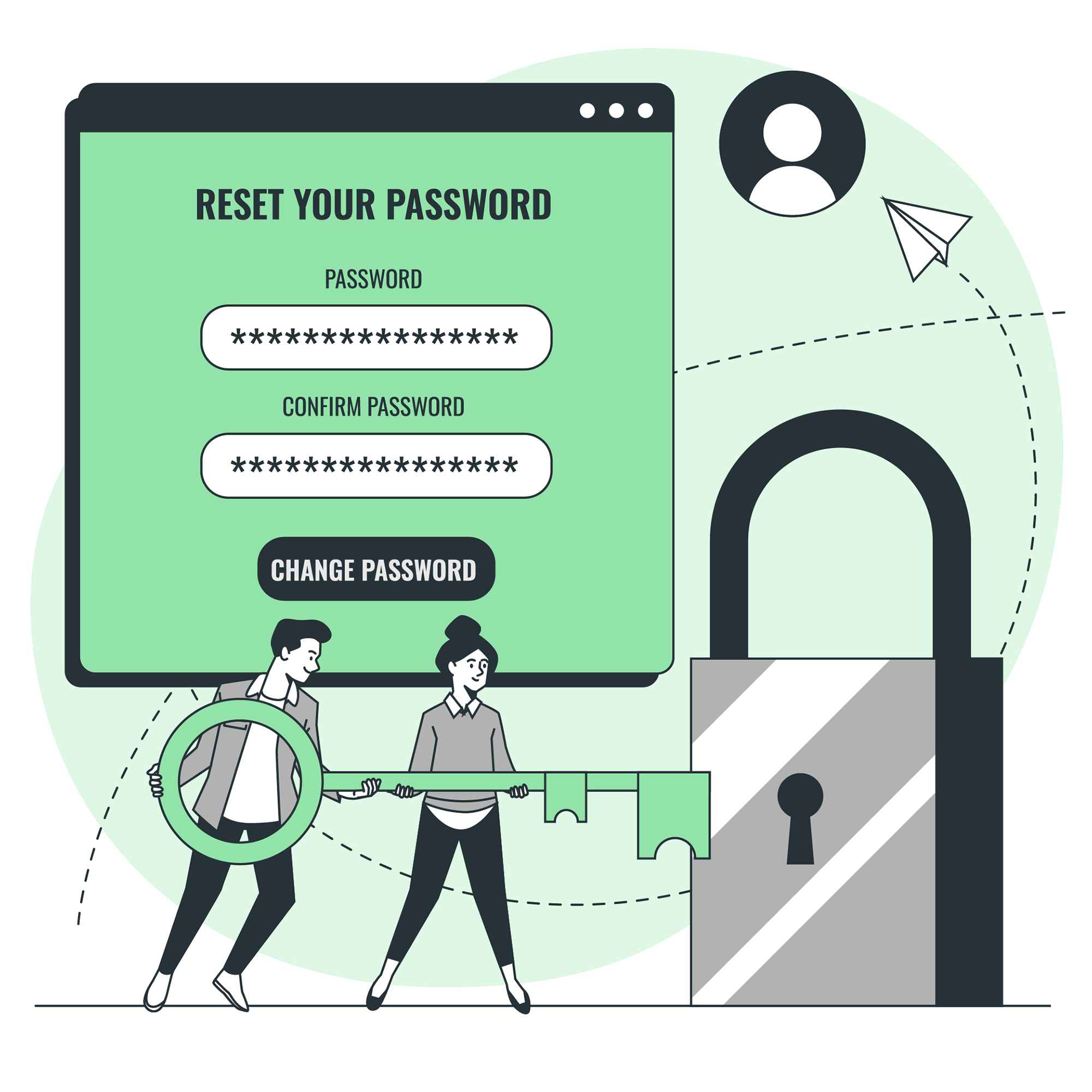Data Breaches: Why They Are a Growing Concern
In today’s digital world, data breaches have become a growing concern. Every day we hear news about major companies and institutions that have fallen prey to hackers, losing sensitive information of millions of people. Data breaches are not only a violation of our privacy, but they also pose financial and identity theft risks. Protecting ourselves from data breaches has become more crucial than ever. In this article, we will discuss the types, causes, and consequences of data breaches and provide best practices for keeping our data safe.
Understanding Data Breaches: Types, Causes, and Consequences
Data breaches refer to unauthorized access to a system, network or device that stores personal and confidential information. These can occur due to various reasons such as human error, system vulnerabilities, malware, or hacking. The consequences of data breaches vary from the theft of sensitive data, financial fraud, identity theft, and reputational damage for individuals and organizations.
There are various types of data breaches. The most common type is the theft of login credentials, which allows hackers to gain access to personal information. Another type of data breach occurs when an organization fails to secure their systems well enough, exposing confidential data to unauthorized access.
How Hackers Get Access to Your Data: Common Techniques and Vulnerabilities
Hackers use various techniques to gain unauthorized access to our systems and devices. Social engineering, phishing scams, and malware are the most common methods used. They also exploit vulnerabilities in software and operating systems to gain access. These vulnerabilities can be found in outdated software and systems or those that have not been properly secured.
Protecting Your Personal Data: A Comprehensive Guide
Protecting personal data begins with simple practices such as being cautious about what information is shared online and with whom. Other best practices include using strong and unique passwords for all accounts, keeping software and systems up to date, and avoiding suspicious websites and downloads. Encryption and two-factor authentication are also great tools for protecting personal data.
Best Practices in Securing Your Accounts and Devices
To secure your accounts and devices, it is recommended to use complex passwords or passphrases, enable two-factor authentication, and avoid using public Wi-Fi when transmitting sensitive data. Keep your systems and software up to date and use anti-virus software to prevent malware attacks. Avoid clicking on links from unknown sources, and enable content filtering on your devices.
Securing Your Network: Tips for Home and Office Environments
Securing your network involves keeping your Wi-Fi network secure by setting a strong password, enabling WPA2 or WPA3 encryption, and regularly checking your router settings. Avoid using default usernames and passwords and use a separate network for guests. Additionally, use a VPN when accessing public Wi-Fi and avoid using public Wi-Fi for transmitting sensitive data.
Antivirus Software: Choosing the Best Solution for Your Needs
Antivirus software is a critical tool for protecting your devices from malware attacks. It is essential to choose the right antivirus software that fits your needs. Consider factors such as real-time scanning, reliability, and compatibility with your operating system before making a choice.
Password Management: Creating Strong Passwords and Avoiding Common Mistakes
Password management is crucial for keeping your accounts secure. Use a password manager to generate strong and unique passwords for all your accounts. Avoid using personal information as passwords, and never reuse passwords. Enable multi-factor authentication where possible and use biometrics such as fingerprints or facial recognition.
Staying Safe Online: Tips for Identifying and Avoiding Scams and Phishing Attacks
Phishing attacks are common methods used by hackers to gain access to personal information. Avoid clicking on links received from unknown sources, and always check the sender’s email address before opening an email. Be wary of fake websites and always check the URL before entering any personal information.
What to Do If You’ve Been the Victim of a Data Breach: Response and Recovery Strategies
If you have been the victim of a data breach, the first step is to change all your passwords and enable multi-factor authentication on all accounts. Contact your bank or financial institutions immediately to report any unauthorized transactions. Consider identity theft protection services to monitor your credit and personal information for any suspicious activity.
Protecting your personal data requires diligence and awareness. By following the best practices outlined in this article, you can better protect yourself from the consequences of data breaches. Remember always to stay vigilant and take proactive measures to ensure your personal data remains safe and secure.




![Crafting Unforgettable Passwords: A Guide for Developers A string of random characters typically has higher entropy compared to a few common words due to the vast number of possible combinations. For example, a 10-character lowercase password has roughly the same entropy as a 4-word passphrase picked from a 5000-word dictionary [5].](https://passwordclinic.com/wp-content/uploads/2024/06/automation-section-3-150x150.webp)





![A string of random characters typically has higher entropy compared to a few common words due to the vast number of possible combinations. For example, a 10-character lowercase password has roughly the same entropy as a 4-word passphrase picked from a 5000-word dictionary [5].](https://passwordclinic.com/wp-content/uploads/2024/06/automation-section-3.webp)

